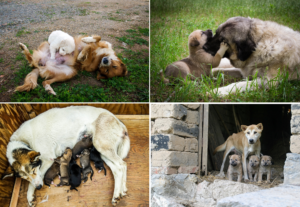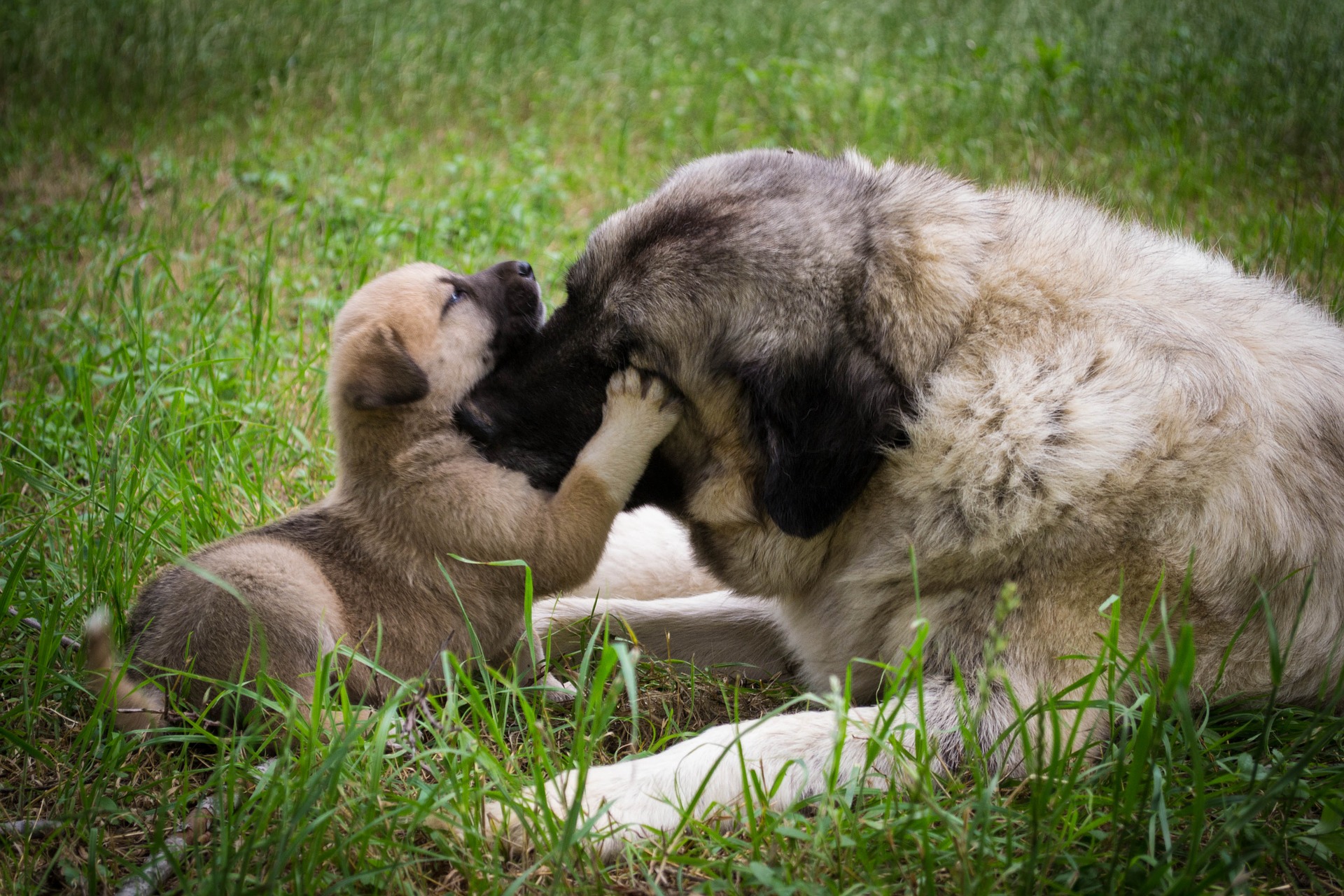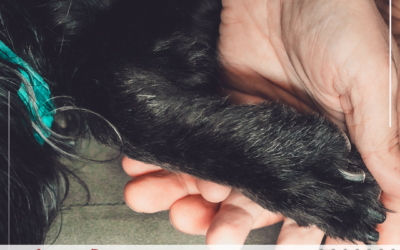One of the unforeseen benefits of the pandemic, at least early on, was emptying of rescues and shelters, since people were going to be home and they decided it was a great time to bring home a dog or cat. Social distancing and puppy socialization are in direct conflict, so that’s always been a concern about people being able to properly socialize during the critical socialization window and my fear was that many of these pandemic puppies would end up coming to trainers like me who specialize in fear and aggression later on in life because of lack of proper socialization.
I’m starting to see some of that now, to a certain degree. But also, because rescues were overrun and supplies of dogs ran low, then breeders were overrun, So people started to turn to very unscrupulous breeding sources like pet stores (NO reputable breeder would EVER sell their dogs to a pet store, EVER), backyard breeders, puppy mills, the Amish and puppy brokers. My colleague has a great free booklet on how to select a good breeder and what red flags to look for. You can download it here. I wrote a blog about transparency in shelters and rescues that you can read here.
I’m seeing many dogs from poor breeding situations, both bad breeders and rescue situations that are fearful. Over the new few weeks I’ll be going into the many reasons why dogs can be fearful but today’s focus is on two ways fear can be acquired: through maternal stress and maternal behavior. I’ve spoken about the importance of the socialization window before and this very much ties into that. Puppies are normally with their mothers and litter until around 8 weeks of age. Survival of very young puppies is dependent on their mother caring for them, including their ability to urinate and defecate. It should come as no surprise then that maternal behavior is one of the ways dogs can acquire fear. Google Scholar among other sources can provide numerous scientific papers on the topic but this recent one discusses and compares several of them.
Essentially, if mom is in a stressful environment when she’s pregnant, those stress hormones get passed to the puppies in utero. Just like we don’t want our human moms to be stressed when pregnant, we don’t want our dams to be stressed either. Places like puppy mills, meat markets, backyard breeders, high volume breeders and life on the street – those are not ideal places to be pregnant and to give birth. Stress hormones run high. Studies done in rats (have not been done on dogs but common to mammals, so would be reasonable to draw a parallel to dogs) where you take a pregnant rat and stress her during her pregnancy. Her offspring grow to adulthood and are more fearful than genetically identical controls raised in identical circumstances. The only difference was the act of stressing the mother during her pregnancy, which resulted in a measurable increase in adult offspring fearfulness. The cautionary takeaway is to be careful with pregnant bitches, ensuring they feel safe and are not stressed.
After mom gives birth, her stress hasn’t gone down. She’s anxious about survival, keeping her puppies safe, feeding herself and nursing and caring for the puppies and her cortisol level is elevated. Perhaps there is trigger stacking. If every time mom hears a loud noise and startles or sees a strange person and cowers, the puppies are witnessing fearful behavior from mom and can start to learn those associations.
Another study done involved cross-fostering rat pups, where researchers swap litters after birth. So a fearful mom gives birth, a non-fearful mom gives birth and the litters are swapped: the normal mom raising the fearful pups and the fearful mom rearing the normal pups. The genetically fearful pups are fearful, as we would expect. But, the genetically normal pups gestated in a normal uterus, end up being more fearful at adulthood than the controls. Is this from fearful mom’s behavior? Fearful mom’s milk? We can’t be certain but it’s measurable and drives home the point that fearful females should not be bred. The offspring could be getting a fearful triple whammy: fear from genetics, gestation effects and maternal behavior.
Bottom line is mom matters…a lot. And your dog’s early environment with mom and those early life experiences matter.  Look at these images. Which of these puppies do you think is likely to grow up to be less fearful just looking at their living conditions and the interactions with and body language of their mothers? Research shows “the level of interactions between the dam and the puppies influences the physiological, cognitive and behavioral development of the litter.” Happier, safer dams produces happier, safer puppies.
Look at these images. Which of these puppies do you think is likely to grow up to be less fearful just looking at their living conditions and the interactions with and body language of their mothers? Research shows “the level of interactions between the dam and the puppies influences the physiological, cognitive and behavioral development of the litter.” Happier, safer dams produces happier, safer puppies.
And this is why I *always* recommend, even if you’re adopting a puppy from a rescue, to meet the mother. What you see in the mother is a very strong indicator of what you will get in your puppy. If mom is fearful (“shy”, “reserved” or “takes a while to warm up” are common euphemisms that rescues/shelters use when a dog is not outwardly pro-social or is fearful) then it is very likely that her puppies will have some degree of fear as well. If they’re young enough, we can sometimes work really hard to properly socialize and help them have good experiences but we can’t outtrain genetics.
If you have a new dog or a fearful dog, I encourage you to get started training soon. Fear doesn’t just go away on its own and in fact, will get worse if it doesn’t get addressed. Schedule your consult today!
Happy training!
![]()




